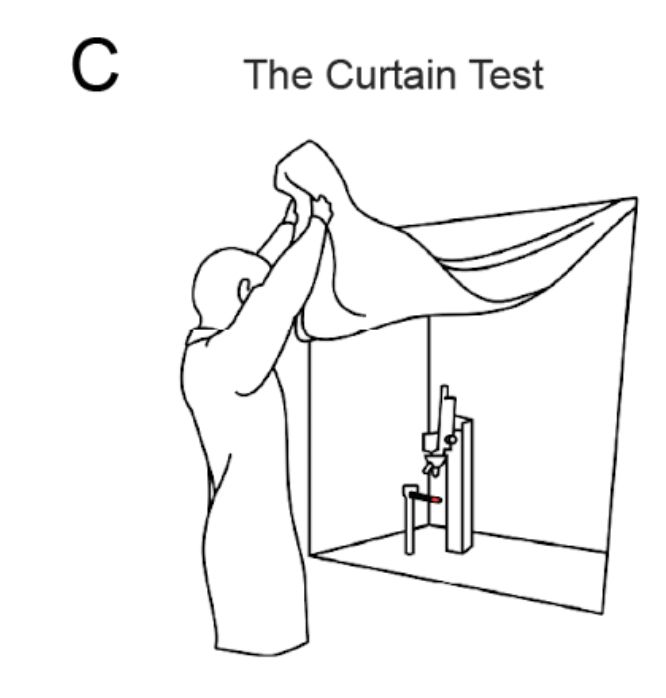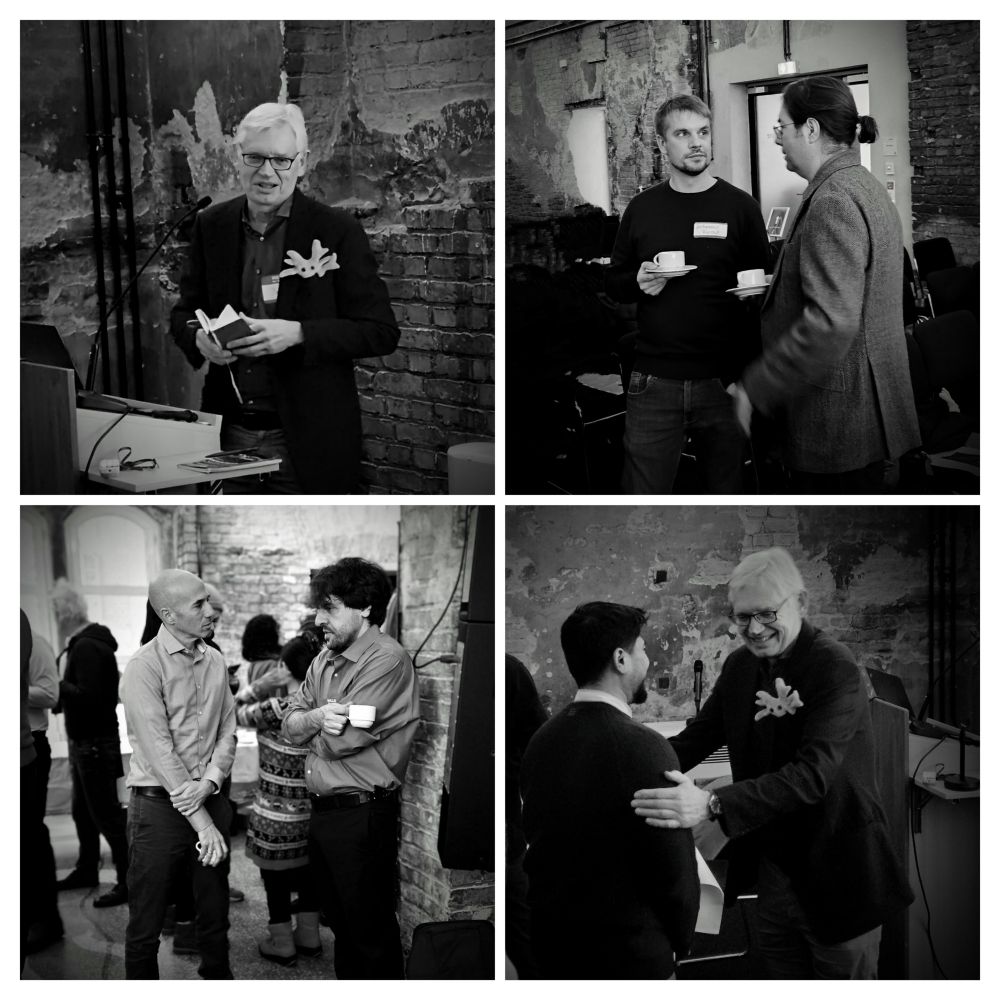@brrost.bsky.social
The brain isn't symmetrical. Some commissural fibers from the right CA3 region form forskolin/cAMP-sensitive synapses in the left CA1, but not the other way around. Kudos to our Ph.D. student Lukas Faiss, whose work has just been published in ACS Chemical Neuroscience. pubs.acs.org/doi/10.1021/...

Hippocampal Commissural Circuitry Shows Asymmetric cAMP-Dependent Synaptic Plasticity
Hemispheric asymmetries in NMDAR-dependent synaptic plasticity have been described in hippocampal area CA1, but it remains unclear whether similar lateralized mechanisms exist for cyclic adenosine monophosphate (cAMP)-dependent plasticity. Here, we investigated whether cAMP-mediated potentiation of synaptic transmission in mouse CA1 exhibits hemisphere-specific properties. In recordings with electrical stimulation of CA1 inputs, a subset of recordings in the left, but not in the right hemisphere CA1, exhibited a pronounced cAMP-induced potentiation of field excitatory postsynaptic potentials (fEPSPs). To isolate input-specific contributions, we expressed the optogenetic actuator ChrimsonR unilaterally in the CA3/CA2 region of wild-type mice. Light-evoked glutamate release from ipsilateral Schaffer collaterals showed no cAMP sensitivity in either hemisphere, while commissures originating from the right (COR) exhibited cAMP-mediated potentiation of transmission in a subset of experiments. Notably, this effect was absent at commissures originating from the left (COL). The selective presence of the effect prompted us to further investigate the underlying cell population using CA3-specific (G32-4 Cre) and CA2-specific (Amigo2-Cre) driver lines. Recordings from synapses of CA3 COR recapitulated the cAMP-induced potentiation of transmitter release observed in wild-type animals. However, the effect was again restricted to a subset of experiments, did not correlate with the age or the sex of the mice, and was absent in recordings with specific stimulation of CA2 COR. Our results demonstrate a variable cAMP sensitivity of synaptic transmission at COR synapses in the left CA1. Altogether, we reveal a hemisphere-specific cAMP-mediated synaptic plasticity at CA3 COR onto CA1, underscoring hidden heterogeneity and lateralization in hippocampal circuit function.
pubs.acs.org
October 15, 2025 at 8:01 PM
The brain isn't symmetrical. Some commissural fibers from the right CA3 region form forskolin/cAMP-sensitive synapses in the left CA1, but not the other way around. Kudos to our Ph.D. student Lukas Faiss, whose work has just been published in ACS Chemical Neuroscience. pubs.acs.org/doi/10.1021/...
Reposted
I LOVE their curtain test!!


September 18, 2025 at 3:53 AM
I LOVE their curtain test!!
Finally out: great story by my colleagues Hung Lo et al. in Neuron: Binge feeding suppresses activity in the piriform/olfactory cortex, reducing flavor experience & satiation. Closed-loop optogenetic suppression of olfactory cortex using eOPN3 enhances binging: www.sciencedirect.com/science/arti...

Feeding-induced olfactory cortex suppression reduces satiation
Binge feeding commonly leads to overeating. Experiencing flavor during food consumption contributes to satiation. Still, the interactions between flav…
www.sciencedirect.com
August 15, 2025 at 6:55 PM
Finally out: great story by my colleagues Hung Lo et al. in Neuron: Binge feeding suppresses activity in the piriform/olfactory cortex, reducing flavor experience & satiation. Closed-loop optogenetic suppression of olfactory cortex using eOPN3 enhances binging: www.sciencedirect.com/science/arti...
Congrats Charité Berlin for receiving funding for two excellent clusters, namely NeuroCure & ImmunoPreCept!🥂
Die #Exzellenzcluster stehen fest: Heute hat die Exzellenzkommission 70 Projekte zur Förderung ausgewählt. 45 Cluster werden fortgesetzt, 25 neu eingerichtet. Die Förderung beginnt ab 1. Jan. 2026 für 7 Jahre, die Fördersumme beträgt insg. 539 Mio. €/Jahr. Die Liste: www.dfg.de/resource/blo... 1/3

May 22, 2025 at 3:09 PM
Congrats Charité Berlin for receiving funding for two excellent clusters, namely NeuroCure & ImmunoPreCept!🥂
YES - the German Research Foundation is leaving X! Press release states "X has increasingly developed into an anti-scientific environment. Its latest political statements have now crossed the red line. These statements are an attack on the values for which the DFG is intensively committed."

DFG verlässt Plattform X
www.dfg.de
January 14, 2025 at 12:07 PM
YES - the German Research Foundation is leaving X! Press release states "X has increasingly developed into an anti-scientific environment. Its latest political statements have now crossed the red line. These statements are an attack on the values for which the DFG is intensively committed."
Reposted

December 23, 2024 at 3:14 PM
Just following the “Dendritic Integration” symposium organized by the Yuste lab. Outstanding science from some of the experts in the field ntc.columbia.edu/wp-content/u...
ntc.columbia.edu
December 10, 2024 at 6:43 PM
Just following the “Dendritic Integration” symposium organized by the Yuste lab. Outstanding science from some of the experts in the field ntc.columbia.edu/wp-content/u...
Reposted
Excited to share our latest findings, now published @NatureNeuro www.nature.com/articles/s41...
We found unmyelinated axons exhibit pearls-on-a-string morphology's due to their membrane mechanical properties.
Threads will follow!
We found unmyelinated axons exhibit pearls-on-a-string morphology's due to their membrane mechanical properties.
Threads will follow!

December 2, 2024 at 10:02 AM
Excited to share our latest findings, now published @NatureNeuro www.nature.com/articles/s41...
We found unmyelinated axons exhibit pearls-on-a-string morphology's due to their membrane mechanical properties.
Threads will follow!
We found unmyelinated axons exhibit pearls-on-a-string morphology's due to their membrane mechanical properties.
Threads will follow!
Reposted
Do you want to be my "new sciencetwitter" friend? 🤗

November 13, 2024 at 9:40 PM
Do you want to be my "new sciencetwitter" friend? 🤗


